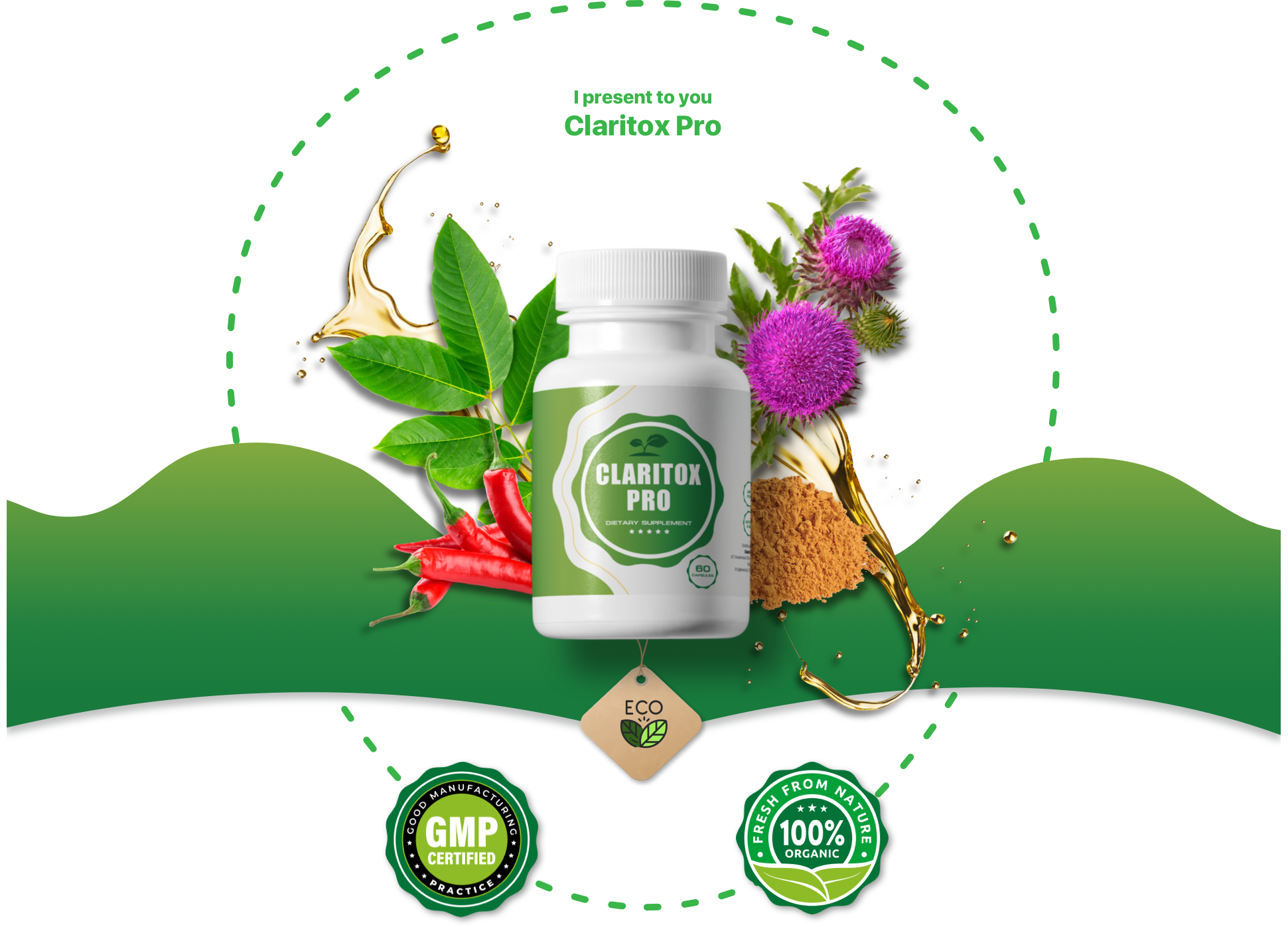Brief Explanation of Stomach Flu Vs Food Poisoning
Learn about the differences between stomach flu vs food poisoning! Explore symptoms, treatments, and prevention tips in this insightful guide.
1. Understanding Stomach Flu:
A. Definition and Overview:
Stomach flu, also known as viral gastroenteritis, is not actually caused by the influenza virus but by various other viruses, typically rotavirus or norovirus. It's a common illness affecting the stomach and intestines, leading to symptoms like nausea, vomiting, diarrhea, and abdominal pain. Unlike the flu (influenza), which primarily affects the respiratory system, stomach flu primarily targets the digestive system.
B. Common Symptoms:
Symptoms of stomach flu often include nausea, vomiting, diarrhea, abdominal cramps, and sometimes fever. These symptoms can range from mild to severe and usually appear one to three days after exposure to the virus. Most people recover within a few days without needing medical treatment, but severe cases may require medical attention to prevent dehydration.
C. Causes and Transmission:
Stomach flu is typically caused by viruses such as norovirus, rotavirus, adenovirus, and astrovirus. These viruses are highly contagious and can spread through contaminated food or water, close contact with an infected person, or touching surfaces contaminated with the virus and then touching the mouth, nose, or eyes. Poor hygiene practices, such as not washing hands properly, can contribute to the spread of stomach flu.
2. Exploring Food Poisoning:
1. Definition and Overview:
Food poisoning occurs when you consume contaminated food or beverages containing harmful bacteria, viruses, parasites, or toxins. It can lead to gastrointestinal symptoms like nausea, vomiting, diarrhea, abdominal cramps, and fever. Food poisoning is often caused by improper food handling, storage, or preparation, and it can affect anyone who consumes contaminated food, regardless of age or health status.
2. Common Symptoms:
Symptoms of food poisoning can vary depending on the type of contaminant and the individual's sensitivity. However, common symptoms include nausea, vomiting, diarrhea, abdominal pain or cramps, fever, and sometimes headache or muscle aches. These symptoms typically develop within hours to days after consuming contaminated food and may last from a few hours to several days.
3. Causes and Sources of Contamination:
Food poisoning can be caused by various contaminants, including bacteria (such as Salmonella, E. coli, and Campylobacter), viruses (such as norovirus and hepatitis A), parasites (such as Giardia and Cryptosporidium), and toxins produced by bacteria (such as Staphylococcus aureus and Bacillus cereus). Contamination can occur at any stage of food production, including growing, harvesting, processing, storing, or preparing food. Common sources of contamination include raw or undercooked meat, poultry, seafood, raw fruits and vegetables, unpasteurized dairy products, and improperly processed or stored foods. Practicing proper food safety measures, such as cooking foods to the appropriate temperature, storing foods properly, and practicing good hygiene, can help prevent food poisoning.
3. Differentiating Symptoms:
A. Detailing the Unique Symptoms of Stomach Flu:
Stomach flu, or viral gastroenteritis, showcases symptoms primarily targeting the digestive system. Nausea, vomiting, diarrhea, and abdominal cramps are hallmark signs. You might also experience fever, fatigue, and muscle aches. These symptoms typically emerge suddenly and can be quite intense, often leaving you feeling drained and uncomfortable. Stomach flu symptoms usually last a few days and gradually improve with rest and hydration.
B. Highlighting Distinguishing Symptoms of Food Poisoning:
Food poisoning manifests with symptoms akin to a stomach upset but with some nuances. Alongside nausea, vomiting, and diarrhea, food poisoning may cause fever, headache, and body aches. The onset of symptoms can vary depending on the culprit—ranging from hours to days after consuming contaminated food. Unlike stomach flu, which is often caused by viruses, food poisoning can result from bacterial, viral, or parasitic contamination of food. Identifying the source of contamination is crucial for effective treatment and prevention.
4. Causes and Risk Factors:
1. Investigating the Causes of Stomach Flu:
Stomach flu, or viral gastroenteritis, stems from viruses like norovirus and rotavirus. These pesky bugs spread through contaminated food, water, or surfaces, making it easy to catch. Poor hygiene practices, like not washing hands properly, can also contribute. Viral gastroenteritis is highly contagious, especially in crowded places like schools and offices. Once the virus enters your system, it wreaks havoc on your digestive tract, leading to those uncomfortable symptoms.
2. Identifying Common Causes and Risk Factors for Food Poisoning:
Food poisoning can strike from various angles—bacteria, viruses, parasites, or toxins. Common culprits include Salmonella, E. coli, and norovirus. Contaminated food is the main villain here, whether it's undercooked meat, unwashed produce, or food mishandled during preparation or storage. Certain groups, like the elderly, young children, pregnant women, and those with weakened immune systems, are at higher risk of severe complications from food poisoning. Being mindful of food safety practices and proper cooking techniques can significantly reduce the risk.
5. Diagnosis:
A. Methods Used to Diagnose Stomach Flu:
Diagnosing stomach flu typically relies on evaluating symptoms and medical history. Your healthcare provider may ask about your symptoms when they started, and if you've been around anyone with similar symptoms. In some cases, a stool sample may be collected to check for the presence of viruses or bacteria. However, since stomach flu is often self-limiting and resolves on its own, diagnostic tests aren't always necessary unless symptoms are severe or prolonged.
B. Diagnostic Procedures for Confirming Food Poisoning:
Confirming food poisoning involves various diagnostic procedures depending on the suspected cause. Blood tests, stool cultures, and sometimes imaging tests like X-rays or CT scans may be used to identify bacteria, viruses, or parasites responsible for the illness. Additionally, your healthcare provider may inquire about recent meals, travel history, and any known foodborne outbreaks. Prompt diagnosis is crucial for appropriate treatment and preventing the spread of foodborne illnesses.
6. Treatment Approaches:
Treatment Options for Stomach Flu:
When dealing with stomach flu, the main focus is on managing symptoms and preventing dehydration. This often involves plenty of rest, drinking fluids like water, broth, or electrolyte solutions to replace lost fluids, and eating bland, easy-to-digest foods like crackers, rice, or bananas. Over-the-counter medications may help alleviate symptoms like nausea, vomiting, and diarrhea, but it's essential to check with your healthcare provider, especially for children or older adults.
Strategies for Managing Food Poisoning Symptoms:
Managing food poisoning symptoms revolves around staying hydrated and letting your body heal. Similar to stomach flu, focus on replenishing lost fluids by drinking water, clear broths, or oral rehydration solutions. Avoid solid foods initially and gradually introduce bland, easy-to-digest foods as tolerated. Rest is crucial to allow your body to recover. Over-the-counter medications may help alleviate symptoms like nausea, diarrhea, or fever, but consult your healthcare provider before taking any medication, especially if you have underlying health conditions. If symptoms are severe or persist, seek medical attention promptly.
7. Prevention Measures:
A. Tips for Preventing Stomach Flu:
Preventing stomach flu starts with good hygiene habits. Wash your hands frequently with soap and water, especially before eating, after using the bathroom, and after being in crowded places. Avoid close contact with people who are sick, and if you're feeling unwell, stay home to prevent spreading the virus. Disinfect commonly touched surfaces regularly, like doorknobs and countertops. Additionally, consider getting vaccinated against viruses like the flu and rotavirus to reduce your risk.
B. Strategies for Avoiding Food Poisoning:
To steer clear of food poisoning, handle food safely from purchase to plate. Wash hands, utensils, and surfaces often, especially when handling raw meat, poultry, or eggs. Cook foods to the appropriate temperature to kill harmful bacteria, and refrigerate perishable foods promptly. When dining out, choose reputable establishments with good hygiene practices. Be cautious with leftovers, discarding any food that smells or looks questionable. By practicing food safety measures, you can significantly reduce the risk of foodborne illnesses.
8. Contagiousness:
1. Explaining the Contagious Nature of Stomach Flu:
Stomach flu, also known as viral gastroenteritis, is highly contagious. The viruses responsible for stomach flu can spread easily from person to person through contact with infected individuals, contaminated surfaces, or contaminated food and water. Even tiny particles of vomit or stool from an infected person can contain the virus, posing a risk of transmission. This is why outbreaks of stomach flu often occur in places like schools, daycare centers, or nursing homes, where people are in close proximity.
2. Discussing the Potential for Spreading Food Poisoning:
Food poisoning isn't typically contagious in the same way as stomach flu. Instead, it's caused by consuming contaminated food or beverages. However, some types of food poisoning can be spread through person-to-person contact, such as certain bacterial infections like Salmonella or Shigella. Additionally, if you prepare food while infected with certain pathogens, you can potentially contaminate the food and cause illness in others who consume it. Proper food handling and hygiene practices are essential to prevent the spread of foodborne illnesses.
9. Duration and Recovery:
A. Typical Duration of Stomach Flu Symptoms:
Stomach flu symptoms usually last anywhere from one to three days, but they can linger for up to a week in some cases. The severity and duration of symptoms can vary depending on factors like the specific virus involved, your overall health, and how well you take care of yourself during the illness. Most people start to feel better within a couple of days with rest, hydration, and supportive care.
B. Recovery Timeline for Food Poisoning Cases:
The recovery timeline for food poisoning can vary widely depending on the type of contaminant, the amount consumed, and individual factors. In many cases, symptoms of food poisoning, such as nausea, vomiting, diarrhea, and abdominal cramps, start to improve within a day or two. However, it may take several days to fully recover, especially if dehydration or other complications occur. Gradually reintroducing bland, easy-to-digest foods and staying hydrated can help speed up the recovery process.
C. Advice on When to Seek Medical Attention for Prolonged Symptoms:
While stomach flu and food poisoning often resolve on their own without medical treatment, there are times when it's crucial to seek medical attention. If you experience severe symptoms such as persistent vomiting that prevents you from keeping fluids down, bloody stools, high fever, signs of dehydration (like extreme thirst, dry mouth, or decreased urination), or symptoms that last longer than a few days, it's important to see a healthcare provider. They can evaluate your condition, provide supportive care, and determine if further treatment is necessary.
Conclusion:
Understanding the differences between stomach flu and food poisoning is essential for managing these common gastrointestinal illnesses effectively. While both conditions can cause similar symptoms like nausea, vomiting, and diarrhea, they have distinct causes, treatments, and prevention strategies. Stomach flu, caused by viruses like norovirus and rotavirus, is highly contagious and often resolves within a few days with rest and hydration. Food poisoning, on the other hand, results from consuming contaminated food or beverages and may require medical attention if symptoms are severe or prolonged. By practicing good hygiene, proper food handling, and knowing when to seek medical help, you can minimize the impact of these illnesses on your health and well-being.
Disclaimer:
The information provided in this article is for educational and informational purposes only and should not be construed as medical advice. It is not intended to diagnose, treat, cure, or prevent any disease. If you suspect you have stomach flu or food poisoning, or if you have any concerns about your health, please consult a healthcare professional for proper evaluation and treatment. Additionally, individual experiences with these illnesses may vary, and it's essential to follow personalized recommendations from healthcare providers.







Post a Comment